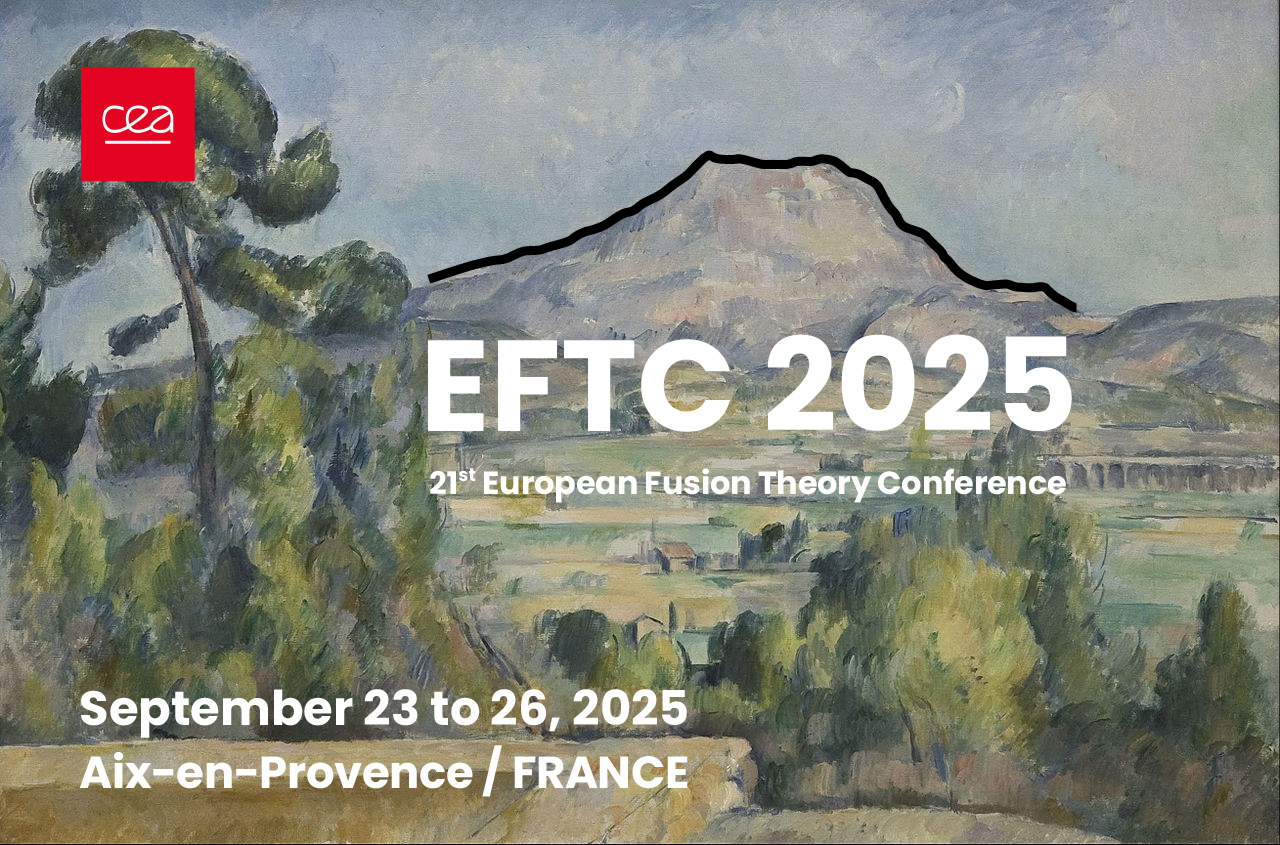Speaker
Description
Recent experiments at the JET tokamak with the Be/W wall have led to the development of new H-mode regimes featuring high energy confinement and small edge-localized modes (ELMs). These regimes, achieved with low or no gas injection, reproduce key plasma parameters relevant to the ITER baseline scenario, such as $q_{95} = 3.2$, $\beta_{\text{p}} < 1$, $\beta_{\text{N}} = 1.8$–$2$, $H_{98} = 1$–$1.4$, and low pedestal collisionality ($\nu_{e,\text{ped}}^* = 0.1$–$0.4$) are referred to as baseline-small-ELMs (BSE) regimes, and represent ideal scenarios for investigating transport processes of reactor-relevant plasmas.
In this work, turbulent transport processes in the pedestal region of a selected BSE regime are investigated through a comparative analysis with a standard H-mode with type-I ELMs. Previous analyses using local gyrokinetic simulations with the GENE code are here extended with global, gradient-driven simulations retaining the full pedestal region ($0.86 < \rho_\text{tor}< 0.98$), representing a more comprehensive model for studying pedestal turbulence.
Local linear stability analyses at the pedestal top show that, at ion-scales, the type-I ELM regime is dominated by hybrid ITG-KBM and KBM modes, while the BSE regime is dominated by hybrid ITG-TEM modes, due to the lower $\beta_e$ from reduced density. At electron-scales, multiple ETG branches are destabilized in both regimes. Nonlinear ion-scale turbulence simulations for the BSE regime focused on the impact of key edge transport saturation mechanisms - the interplay between electromagnetic effects and equilibrium $E \times B$ shear. A strong electromagnetic stabilization mechanism, accompanied by enhanced large-scale zonal flow activity, is found to be crucial in achieving transport levels compatible with experimental observations.
The first global simulations of the instability spectrum for the BSE regime are consistent with local results, with ITG-TEM modes being the most unstable. A systematic sensitivity analysis, involving variations in density and temperature profiles as well as impurity content, will be presented to quantify their effects.
These results contribute to advancing the understanding of turbulent transport mechanisms in the pedestal region of new H-mode BSE regimes. Future work will focus on assessing the role of global effects in turbulence saturation.

